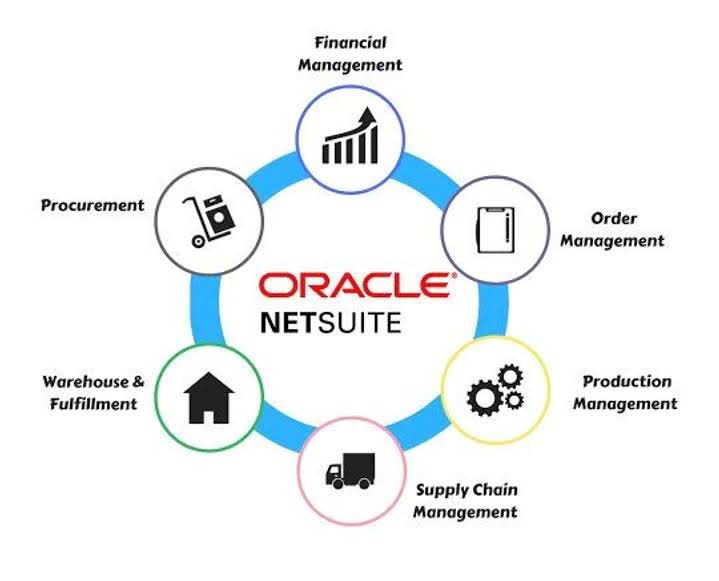Inventory includes amounts for raw materials, work-in-progress goods, and finished goods. The company uses this account when it reports sales of goods, generally under cost of goods sold in the income statement. An asset can be cash or something that has monetary value such as inventory, furniture, equipment etc. while liabilities are debts that need to be paid in the future. For example, if you have a house then that is an asset for you but it is also a liability because it needs to be paid off in the future.
For example, an investor starts a company and seeds it with $10M. Cash (an asset) rises by $10M, and Share Capital (an equity account) rises by $10M, balancing out the balance sheet. In Double-Entry Accounting, there are at least two sides to every financial transaction. Every accounting entry has an opposite corresponding entry in a different account. This principle ensures that the Accounting Equation stays balanced. This transaction brings cash into the business and also creates a new liability called bank loan.
What is Petty Cash and How to Manage it?
Economic entities are any organization or business in the financial world. Being an inherently negative term, Michael is not thrilled with this description. We also allow you to split your how do you report suspected tax fraud activity payment across 2 separate credit card transactions or send a payment link email to another person on your behalf.
Current liabilities are obligations that the company should settle one year or less. They consist, predominantly, of short-term debt repayments, payments to suppliers, and monthly operational costs (rent, electricity, accruals) that are known in advance. And finally, current liabilities are typically paid with Current assets. The left side of the balance sheet is the business itself, including the buildings, inventory for sale, and cash from selling goods.
- If a company’s stock is publicly traded, earnings per share must appear on the face of the income statement.
- The ability to read and understand a balance sheet is a crucial skill for anyone involved in business, but it’s one that many people lack.
- Balance sheets, like all financial statements, will have minor differences between organizations and industries.
Example Transaction #2: Purchase of Equipment for Cash
Creditors have preferential rights over the assets of the business, and so it is appropriate to place liabilities before the capital or owner’s equity in the equation. The business has paid $250 cash (asset) to repay some of the loan (liability) resulting in both the cash and loan liability reducing by $250. $10,000 of cash (asset) will be received from the bank but the business must also record an equal amount representing the fact that the loan (liability) will eventually need to be repaid. Capital can be defined as being the residual interest in the assets of a business after deducting all of its liabilities (ie what would be left if the business sold all of its assets and settled all of its liabilities). In the case of a limited liability company, capital would be referred to as ‘Equity’.
What if any one of these elements changes?
Owner’s or stockholders’ equity also reports the amounts invested into the company by the owners plus the cumulative net income of the company that has not been withdrawn or distributed to the owners. It’s important to note that although dividends reduce retained earnings, they are not expenses. Therefore, dividends are excluded when determining net income (revenue – expenses), just like stockholder investments (common and preferred). While there is no universal definition for liabilities and equity, liabilities are typically external claims (e.g., creditors and suppliers), and equity is internal claims (e.g., business owners and shareholders). It’s called the Balance Sheet (BS) because assets must equal liabilities plus shareholders’ equity.
Notes payable may also have a long-term version, which includes notes with a maturity of more than one year. Enter your name and email in the form below and download the free template now! You can use the Excel file to enter the numbers for any company and gain a deeper understanding of how balance sheets work.
Why You Can Trust Finance Strategists
The global adherence to the double-entry accounting system makes the account-keeping and -tallying processes more standardized and foolproof. Accounts receivable list the amounts of money owed to the company by its customers for the sale of its products. For the past 52 years, Harold Averkamp (CPA, MBA) hasworked as an accounting supervisor, manager, consultant, university instructor, and innovator in teaching accounting online. He is the sole author of all the materials on AccountingCoach.com.
Our platform features short, highly produced videos of HBS faculty and guest business experts, interactive graphs and exercises, cold calls to keep you engaged, and opportunities to contribute to a vibrant online community. We offer self-paced programs (with weekly deadlines) on the HBS Online course platform. Upgrading to a paid membership gives you access to our extensive collection of plug-and-play Templates designed to power your performance—as well as CFI’s full course catalog and accredited Certification Programs.
At the heart of HighRadius’s R2R solution is an AI-powered platform designed to cater to all accounting roles. One of the standout features of the solution is its ability to automate almost 50% of manual repetitive tasks. This is achieved through LiveCube, a ‘No Code’ platform, that replaces Excel and automates data fetching, modeling, analysis, and journal entry proposals.
When a company purchases inventory for cash, one asset will increase and one asset will decrease. Because there are two or more accounts affected by every transaction, the accounting system is referred to as the double-entry accounting or bookkeeping system. Examples of assets include cash, accounts receivable, inventory, prepaid insurance, investments, land, buildings, equipment, and goodwill. From the accounting equation, we see that the amount of assets must equal the combined amount of liabilities plus owner’s (or stockholders’) equity.
Shareholders, or owners of stock, benefit from limited liability because they are not houston bookkeeping personally liable for any debts or obligations the corporate entity may have as a business. We use owner’s equity in a sole proprietorship, a business with only one owner, and they are legally liable for anything on a personal level. If you want to calculate the change in the value of anything from its previous values—such as equity, revenue, or even a stock price over a given period of time—the Net Change Formula makes it simple.
It is the mathematical result of revenues and gains minus the cost of goods sold and all expenses and losses (including income tax expense if the company is a regular corporation) provided the result is a positive amount. If the net amount is a negative amount, it is referred to as a net loss. In our examples below, we show how a given transaction affects the accounting equation. We also show how the same transaction affects specific accounts by providing the journal entry that is used to record the transaction in the company’s general ledger.
This line item includes all of the company’s intangible fixed assets, which may or may not be identifiable. Identifiable intangible assets include patents, licenses, and secret formulas. On 10 January, Sam Enterprises sells merchandise for $10,000 cash and earns a profit of $1,000. As a result of this transaction, an asset (i.e., cash) increases by $10,000 while another asset ( i.e., merchandise) decreases by $9,000 (the original cost). In other words, the total amount of all assets will always equal the sum of liabilities and shareholders’ equity.
It provides stakeholders an effective way to analyze the financial position of the firm. That part of the accounting system which contains the balance sheet and income statement accounts used for recording transactions. In accounting, we have different classifications of assets and liabilities because we need to determine how we report them on the balance sheet. The first classification we should introduce is current vs. non-current assets or liabilities. With an understanding of each of these terms, let’s take another look at the accounting equation.














